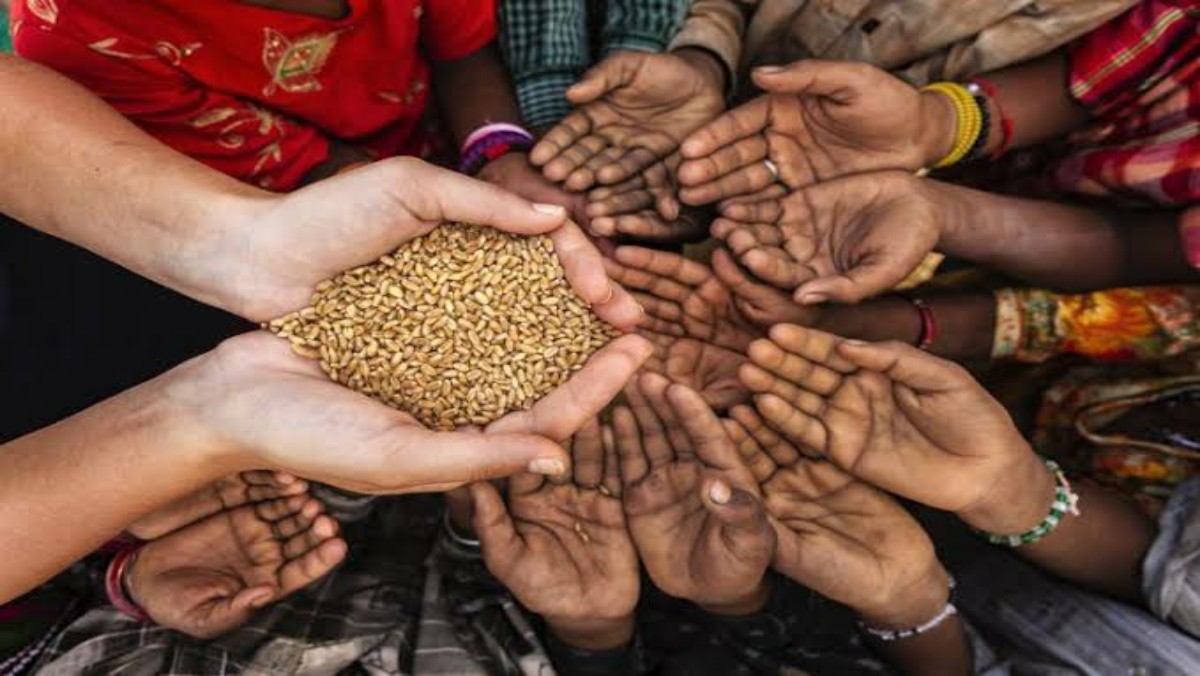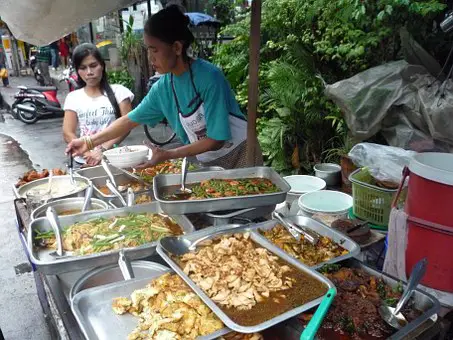In this, the first of a three-part series on food safety in Nepal, we provide a background and historical context of the development of food standards and the regulatory landscape. While there might be many shortcomings in food safety in the country, it is important to remember that food safety tends to be a lower priority when food security cannot be guaranteed. In Nepal, millions are food insecure with around a quarter of the nation’s roughly 30 million people living below the poverty line. Nepal has made great strides in food security, with the country dropping its score in the Global Hunger Index steadily since the turn of the century; from 37.4 in 2000, to 31.0 in 2006, 22.8 in 2012 and a more modest drop to 19.5 over the following eight year period, to 2020. This now gives Nepal a poverty status of moderate. There is still much work to be done in addressing food insecurity, particularly in the effect of growth stunting, which still effects around 36% of Nepali children. With such pressing needs to continually improve food security in Nepal, it can be understood that food safety unfortunately takes a lower priority, since hunger and lack of resources like clean water and other necessary requirements to ensure food safety and hygiene is maintained, like refrigeration, are not always widespread, especially amongst the lower socio-economic groups in the population, and the non-urban areas. Thus, people will do what they can with what they have to feed themselves and their family, even if this means taking a chance and engaging in unsafe and non-hygienic food practices, which are unfortunately no doubt commonplace in some areas. Despite this, if we can start to at least address food safety and hygiene practices in commercial establishments for a start, then provide resources to make food safety more achievable, then we will start to make progress in ensuring the safety of the food supply in Nepal.

Here in this first part, we start of with the historical background and put the food regulatory landscape of Nepal into context. Then, in parts two and three, we look into what is the current situation and status of food safety in Nepal and then laboratory surveillance, and how that is carried out. While policy development is one aspect, simply providing resources and awareness to people, in their own homes and understanding their situation and finding ways to bring improvements and empowerment to their food safety practices, is another area that we, as Food Microbiology Academy, are particularly interested in.

Earnest government regulation and strategic planning in the agriculture and food area commenced in Nepal during the 1950s with the launch of the First Five Year Periodic Plan in 1956. There have been successive three- or five-year plans ever since, up to the present day. This has included the development of core legislation around food production and manufacturing since the mid-1960s when the first Food Act was introduced, in 1966. This has undergone many revisions over the decades, most notably during the development of the Nepalese constitution in 2015. In further recognition of the importance of food and agriculture to the nation, the Government of Nepal has launched multiple strategic plans and projects in recent decades to further drive advancements and accelerate progress. This is due to the fact that the Nepalese economy is still dominated by small-scale agricultural pursuits, the streamlining of which will enhance the quality of life in the nation while contributing to a stimulation of economic growth through efficiency across the entire sector of agrifood industries. As such, improvements in food security, living standards and the proportion of people living in Nepal under poverty can thus be addressed. Furthermore, the constitution of Nepal and other relevant policy adoptions within the last five to fifteen years have indirectly contributed to addressing the broad issues of food security and food safety through stipulations of quality measures and minimum citizen expectations in these areas, thus raising standards in the food supply and indeed in the standards of living across the nation. With the implementation of the 20-year Agriculture Development Strategy (ADS) some five years ago, emphasis has been placed on post-farmgate matters, including the safety and quality of food. Though the ADS and another associated government initiative, the ten-year Prime Minister Agriculture Modernization Project (PMAMP), measures have been put in place to increase capabilities in food safety and quality, which in turn, increase food security, nutrition and indeed public health across the board. Ultimately, the Government of Nepal, through it’s Department of Food Technology and Quality Control which was established in 1961, provides a legislative-based framework to support the food safety aspirations of the nation. The Food Acts, which originally came into effect 55 years ago, are central to upholding the standards of food safety and quality in Nepal, which are developing strongly and contributing to economic growth and lifestyle improvements across the nation.

